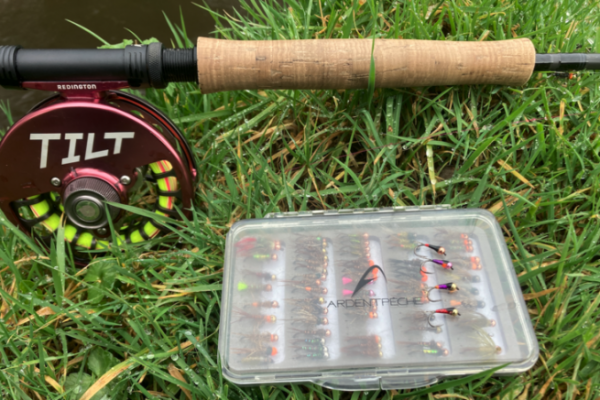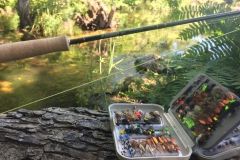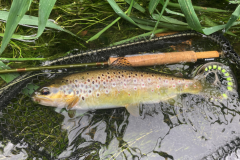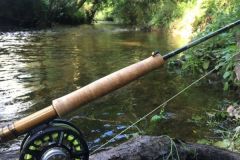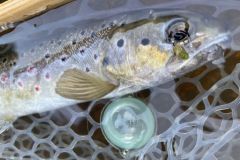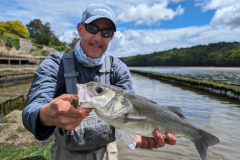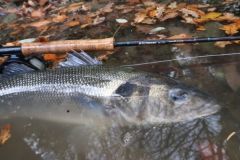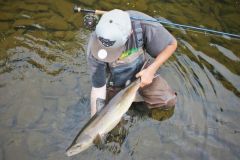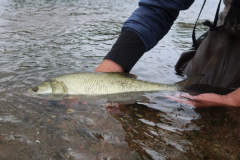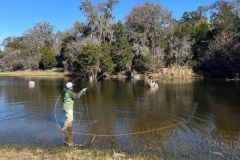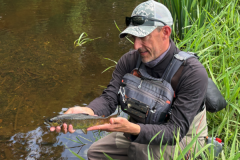In a previous article, we looked at the variants and options we have to choose from when making nymphs for line fishing. Weights, sizes, hook types, bead colors and shapes are all factors to be taken into account when making the right choices at the water's edge.
Now let's take a look at the flies you can use, depending on the conditions, your desires and, above all, the results you can achieve.
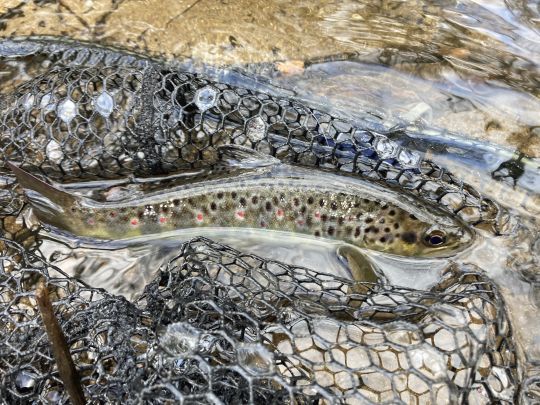
Use of classic or imitation flies
Imitation flies are, as their name suggests, more or less realistic imitations of insects living in rivers. Their silhouette imitates the main insects, Ephemeroptera, Trichoptera and Plecoptera, which live in our waterways, as well as the beetles and diptera that can sometimes be found in the water.
The aim is to offer trout nymphs that closely resemble the real insects that regularly drift in the streams where we practice our hobby.
These are the models most often used, because anglers have confidence in these so-called "must-have" flies, which catch fish just about everywhere on the planet. Trout feed mainly on aquatic insect larvae throughout the season.
They're mostly made from natural hair and feather materials, with rather neutral colors of beige, olive, brown, black and gray that represent the majority of benthic fauna (aquatic insects) in rivers.
The most commonly used flies in this category are :
ORL (hare's ear) and variants, Pheasant tail and variants, then olives, grays, and all nymphs with either quill bodies (feather fiber substitute for condor, turkey, peacock, etc.) or nymphs with dubbing bodies (hare, squirrel, and synthetic).
Their appearance is similar to that of an insect larva, with a tail or cerci, a conical body that forms the abdomen and thorax, and a head (the ball).
The famous pheasant tail invented by Frank Sawyer in the 1950s is the basic nymph representing many insects, including baetis. A formidable model, it can be found in every fly box and is available in many variations.
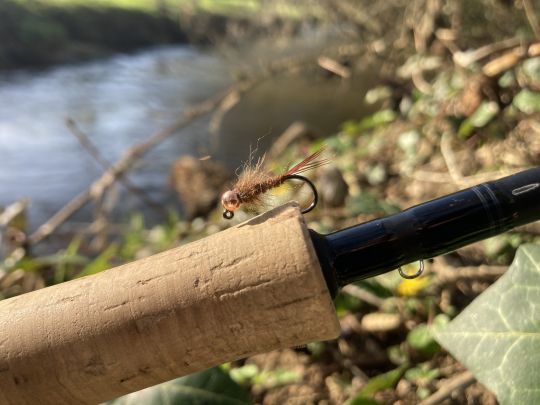
The ORL or hare's ear is an all-purpose fly that imitates mayflies and whipworms and is one of the earliest flies created by Halford in the 1880s (a dry, emerging fly at the time).
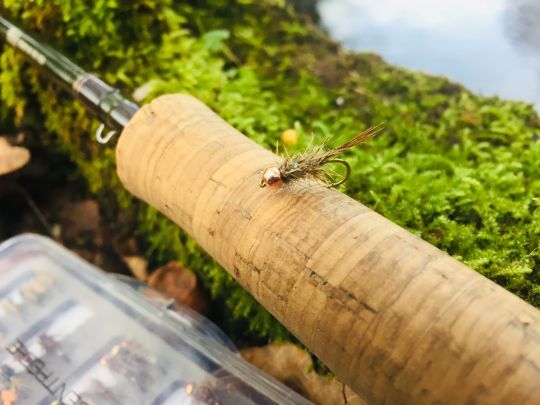
Incentive nymphs can also make a difference
Incentive flies are nymphs that do not imitate an actual insect. They play on the curiosity and aggressiveness of fish, particularly trout, which can sometimes be more attracted to this type of fly.
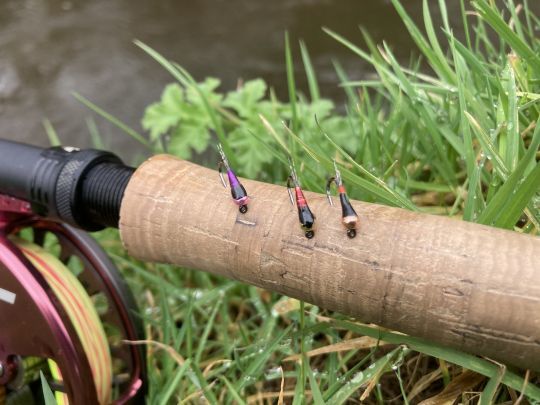
In this category of flies, anything is possible, because since the aim is not to represent an insect, these nymphs can be imagined and created by giving free rein to our imagination.
So you can combine and mix materials, and vary colors ad infinitum by mounting different natural and synthetic materials to create new or non-existent models.
These "creations" will then need to be tested to draw conclusions for each time of the season, river type, conditions, etc...
It's by testing that we'll find answers to our questions, and perhaps find a fly that works better than another at a given moment or under certain conditions.
Among this type of flies, perdigones are increasingly used for nymphing. They were created in the early 2000s in Asturias by Spanish anglers. Their name comes from "perdigon", which means "hunting lead", as they are made using a ball, often made of tungsten.
They also have the added advantage of sinking very quickly to reach the right layer of water, thanks to their smooth body.
Nowadays, these flies are found in every angler's box, from nymph to thread and from toc to nymph.
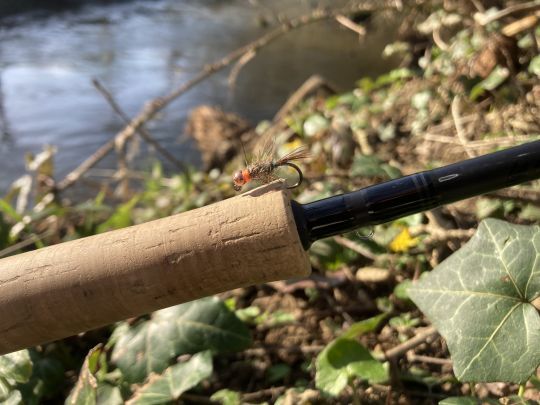
Mixed nymphs
It is then possible to add coloured touches (tag and body ringing) to rather imitative models, with the aim of attracting the fish or triggering the bite.
These nymphs are used in special conditions. For example, at the start of the season or after a flood, rivers become tinted and the addition of a "tag" (a touch of color) or shine will enable the fish to better detect the fly.
This is also the case when fishing in deep holes, where these touches of color/shine will add a plus for the same reasons of visibility.
Color tags on the tail, behind the bead, or on the bead itself, can also be used to play on the aggressiveness of fish which are sometimes reluctant to bite, but which by instinct or territoriality will come to take the fly when they might not have been interested in a "classic" pattern.
